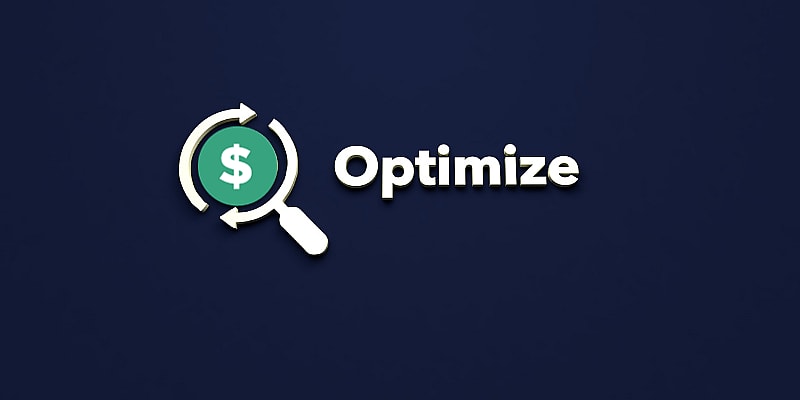
Table of Contents
The practice of using services from multiple clouds providers is known as multi-cloud computing in cloud system architecture.
It is possible to use two or more private clouds, two or more public clouds, or a combination of both. You can use multi-cloud computing to choose software solutions that meet your needs from various cloud providers that provide solutions tailored to specific workloads.
You can host your company data and application code on remote servers around the world using cloud computing. By doing this you can avoid managing and maintaining your own hardware infrastructure. Add to this the advantage of being able to serve clients faster from a closer location.
Multi-Cloud Computing vs Hybrid-Cloud Computing

What exactly is the difference between hybrid cloud and multi-cloud? To get there, let’s first explain what a hybrid cloud is.
Combining public and private clouds creates a hybrid cloud. You can also include your on-premise infrastructure. Such a configuration may require a strong interplay between public and private cloud technologies to be properly considered a hybrid cloud. This results in a computer system that is strongly coupled and functions as a single unit.
Hybrid cloud and multi-cloud are often used synonymously. There is no single framework that describes workloads and infrastructure processes because different businesses have different workloads and processes. Consider simplifying things this way: with multi-cloud, you use most
Software offerings from two or more providers of public cloud services. For example, using a database from one and a message bus from the other. When using a hybrid cloud, you install your shared workloads and apps in both your private and public clouds.
Benefits of Multi-Cloud Computing
Now that you know what multi-cloud computing is, let’s discuss the major benefits you’ll get if you go for it.
Choose From the Best
You get an opportunity to test the comparative offers of several cloud service providers and choose the best offering that meets your needs. You can also mix and match cloud solutions from other public cloud service providers. Using this you can optimize your tech stack.
No Hassle of Vendor Lock-in
You don’t worry about vendor lock-in because you’re not using services from a single cloud provider. If a different vendor’s solution is better suited to your needs, you are welcome to use it. For popular use cases, most cloud providers now provide their own version or service. You can experiment with several solutions such as managed NoSQL databases or virtual machines and choose the option that best suits your needs and usage.
Optimize Cost

By giving the opportunity to test several cloud providers and their offerings, you can choose the most affordable cloud provider that meets your needs. You save money by not having to manage your own infrastructure. Cloud service companies also provide businesses with discounted rates. You can review several price options and choose the one that best suits your needs.
Use the Latest Tech
Cloud service companies are constantly developing and expanding their offerings. You benefit because you gain access to new technological advancements. Additionally, you are free to switch to a higher version of the same service offered by a different cloud provider.
High Reliability
You have no single point of failure because you are using multiple cloud providers. Plus, if one’s service doesn’t work, you have the option to switch to a comparable service from a different provider.
It is clear that implementing a multi-cloud computing approach has many advantages. Do businesses need to use this policy?
Why Enterprises Need/Should Use Multi-clouds?
The reality is that there is no one-size-fits-all approach to cloud computing. Long gone are the days when businesses had to make do with whatever was available and had no choice. Nowadays, there are many cloud service companies that provide new technologies and innovative solutions. So why not use the best?
Most cloud service pricing always includes a separate section dedicated to enterprise pricing. This is due to the fact that businesses often require highly specialized services for specific workloads. There is also dynamic cost, which is often determined by the computation and power required. By using a multi-cloud computing strategy, you can evaluate comparable products from multiple cloud providers and choose the most affordable one.
Additionally, you don’t want to be restricted to using just one vendor as an enterprise user. If you’re using a single cloud provider, you’re limited in what you can do if their services aren’t responsive or don’t get the performance you need. However, this is not the case if you choose a multi-cloud approach.
ALSO READ |Top 12 Platforms for Multi-Cloud Management in 2024

